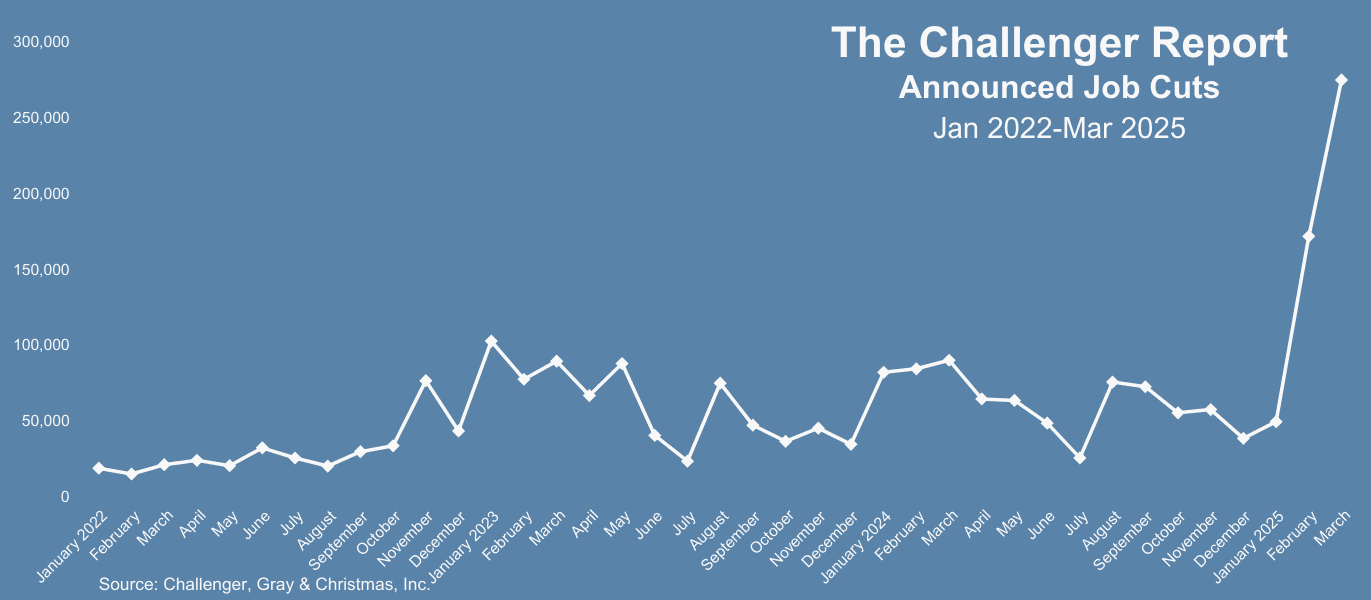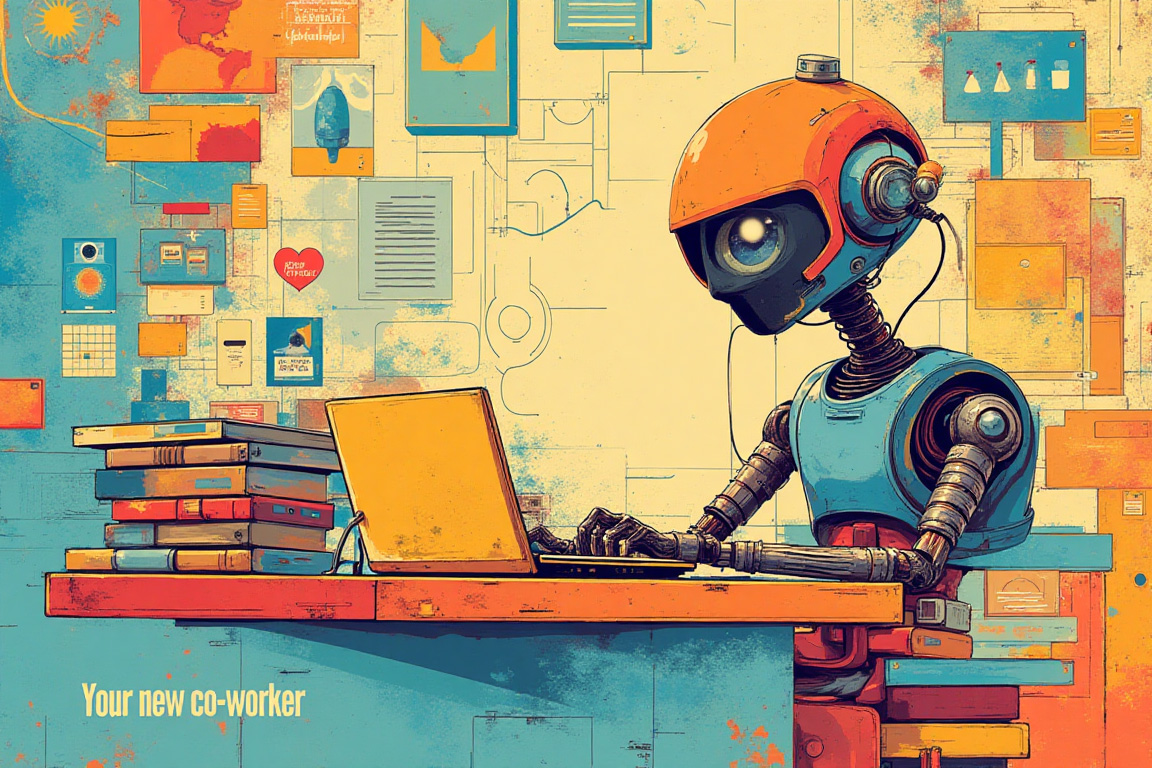Why haven't more jobs gone to AI yet?
In a recent story for The Financial Times, John Burn-Murdoch pointed out the paradox that while we have been presented with plenty of evidence that AI can outperform humans in a number of highly specialised tasks, there isn't much evidence in the job market that it has actually been taking jobs, with some notable exceptions. Drawing on multiple sources such as a report by the Brookings Institution, it turns out that many jobs are too "messy" for AI - unless you're a programmer or a writer.
AI's ability to perform tasks is not solely dependent on intellectual challenge or skill level, but also on how chaotic or unstructured the workflow is. A report by METR (Model Evaluation and Threat Report) indicates that, currently, AI struggles with keeping track of multiple streams of information, responding to dynamic environments, working with unclear or changing goals, and multitasking. These limitations mean that jobs involving unpredictable patterns, even those with seemingly routine cognitive work like executive assistant, travel agent, or bookkeeping clerk, have maintained stable employment levels because their day-to-day tasks involve a high degree of such messy multitasking. This reality runs counter to some popular conceptions of automation risk, highlighting that the complexity and unpredictability of certain workflows is preventing jobs from being easily automated. Such roles require a level of adaptability and responsiveness that AI has yet to master, ensuring that human workers remain indispensable in these fields despite advancements in technology.
In addition, despite rapid investment in AI infrastructure, business adoption of AI remains relatively modest. According to the WEF Future of Jobs report, only a small fraction of firms were utilizing AI over the past two years although adoption is growing, particularly in the IT sector. Many companies are still in the experimental phase, exploring early use cases, and few have been able to clearly measure return on investment (ROI) or productivity gains. The most recent Challenger Report does indicate a huge surge in reported job cuts in the USA but, as it makes clear, these are currently being driven in by DOGE.
Beyond technical feasibility, the widespread adoption of AI in workplaces faces practical constraints, including legal and business risks, ethical and privacy concerns, and consumer preferences. Additionally, recent shifts in the job market are not solely attributable to AI automation, even where they would be expected. In the technology sector, for example, recent job cuts are largely due to over-hiring during the pandemic and subsequent "right-sizing." Overall, there remains uncertainty in translating the technical potential for AI exposure in certain tasks into real-world impacts on workers. Task-based analysis might overstate potential job impacts by not accounting for practical constraints or understate them by missing major disruptions not easily captured in task analysis. As Ethan Mollick points out in his recent book, Co-Intelligence: Living and Working with AI, it is more accurate in many instances to think of AI as a co-worker than simple replacement for human tasks.

US announced job cuts for January to March 2025 . (Source: Challenger, Gray & Christmas Inc.)
Measurable disruption - IT and writing.
Despite all this talk of complexity and messiness, however, there are two areas where generative AI does seem to be having a measurable impact on recruitment: programming and writing jobs.
The tech sector has recently experienced significant job cuts, particularly affecting software developers and computer programmers. These roles have shown clear signs of disruption related to Large Language Models (LLMs), with employment sharply deviating from historical trends over the past two years. While part of this can be attributed to right=sizing, as indicated previously, it is also partly due to companies exploring and implementing AI tools capable of performing tasks traditionally handled by programmers, ranging from coding to more complex functions. Microsoft CEO, Satya Nadella, told Mark Zuckerberg at LlamaCon that up to 30% of the company's software is now produced using AI. Likewise, in an article for the American Enterprise Institute, James Pethokoukis observes that AI-related positions constitute 23 percent of technology job listings but only 1.3 percent of all vacancies in total.
Similarly, writers of non-code content, such as copywriters and journalists, are experiencing disruption due to LLMs. Employment in these fields is falling away from established trends as AI tools increasingly produce content at scale. Copywriters, in particular, are noted as heavy users of AI, making use of such tools to generate large volumes of text more efficiently efficiently. As Burn-Murdoch also points out, copywriting may also operate in a unique niche in that many such workers operate as freelancers, meaning that their jobs can more easily be replaced without the need to involve HR departments. As he remarks:
"What sets programmers and writers apart is that these are occupations where the entire job from start to finish — not just discrete constituent parts — is about as close as possible to what AI excels at: nice, clean, linear and sequential tasks, exam-style questions and essay assignments." (John Burn-Murdoch)
The future of work
By 2030, the WEF predicts several industries and job types willundergo significant decline or transformation due to advancements in AI and automation. Clerical and secretarial roles, including cashiers, ticket clerks, administrative assistants, and executive secretaries, are projected to see substantial global declines. Similarly, accounting and bookkeeping roles, such as accountants, auditors, and payroll clerks, are highly susceptible to AI-driven automation, which can handle bookkeeping, financial modeling, and basic data analysis, while in the legal sector, routine tasks like paralegal work, contract drafting, and legal research are prime targets for automation. These middle-skill jobs are particularly vulnerable to automation, with a 2024 study indicating that nearly 60% of administrative tasks are automatable.
The financial services sector is also experiencing notable changes, with companies streamlining back-office functions and automating routine banking tasks. While AI is driving demand for roles like FinTech engineers, it is simultaneously impacting existing roles, and other job types vulnerable to automation include data analysis, scheduling, customer service, graphic design, and basic journalism. PThese transformations underscore the profound impact of AI and automation on the job market, necessitating a reevaluation of workforce strategies and the skills required to adapt to an increasingly automated world.
AI has the potential to either complement human skills through augmentation, or to automate tasks, leading to displacement and, as such, can enhance productivity and creativity or result in job losses and weakened skills. In response to anticipated AI disruption, employers globally are planning significant workforce strategies over the next few years, including reskilling and upskilling the existing workforce, hiring new people with skills to design AI tools or to work alongside AI, and transitioning employees from declining roles to other positions within organisations. Ultimate, however, the impact of AI on inequality - whether related to income, wealth, gender, race, education, or geography - remains a critical open question.
This article was co-created with AI.


